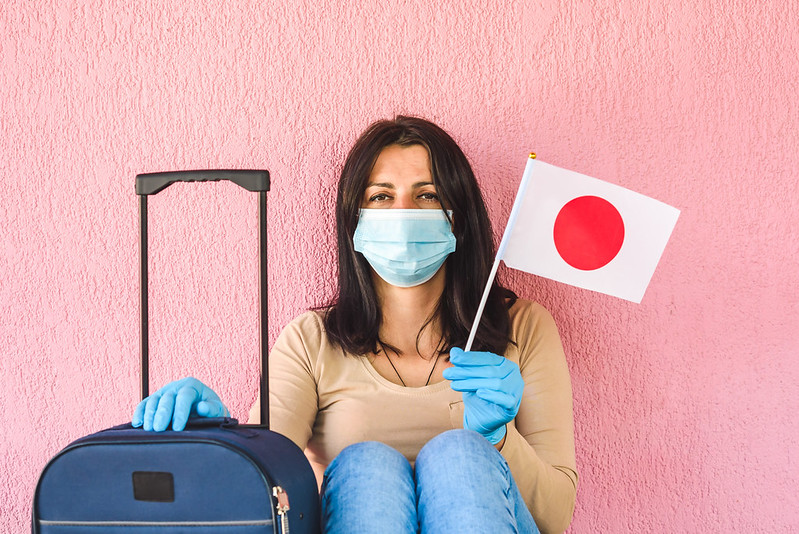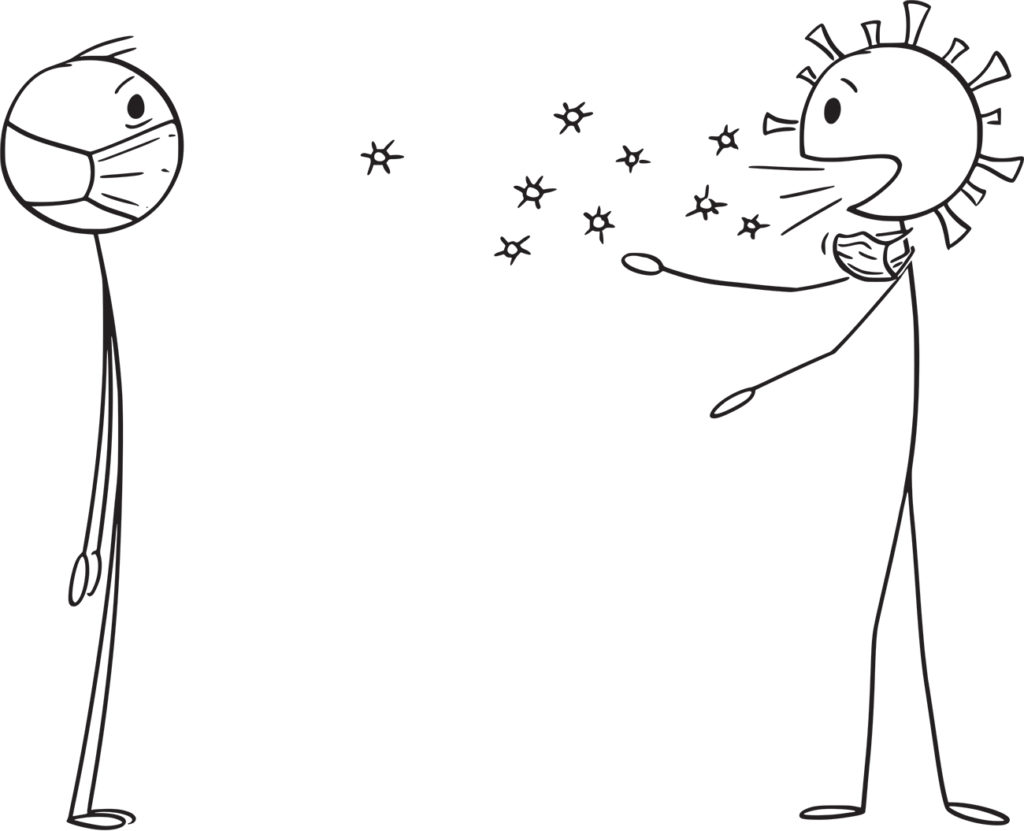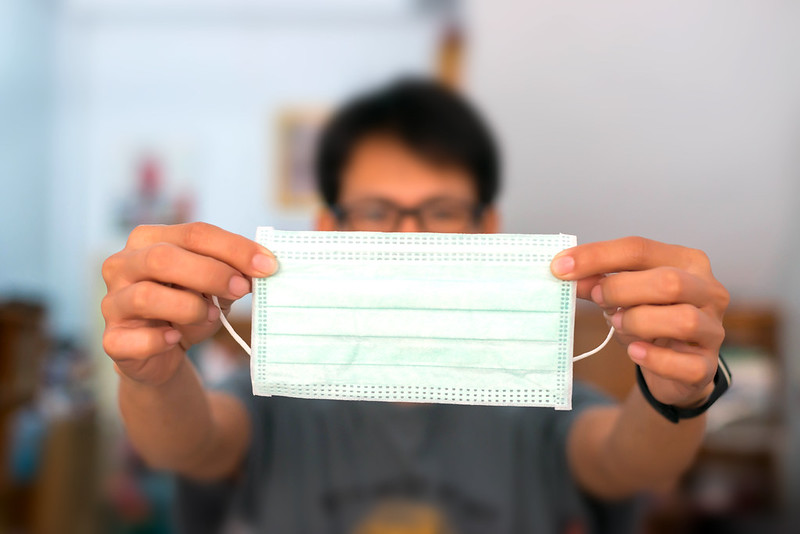
Wearing Face Masks in Japan
Japanese people are very conscious about hygiene, sanitation, and keeping everything clean. It’s not only people who are working in an industry that requires wearing a face mask use them such as people who work in the medical field and with food.
Wearing surgical or face masks in Japan, especially when commuting on trains with people are so close to each other, are becoming a common sight. Face mask sales have become a very lucrative business today with more people starting to wear face masks.
Disposable face masks are marketed for people who suffer from allergy as early as 2003. The masks then were disposable and cheap. Masks available today are made with woven material which manufacturers claim to block pollen and other allergy triggers out much more effectively. As wearing a mask became a usual sight in Japan, people began using them for more than just allergies of being sick. Brand logos and cute patterns turned them into a fashion statement.
For whatever the reason, people wearing a face mask is a common sight and at times even thought of a proper etiquette especially when you are sick.
Reasons for Japanese wear a mask
When sick or when not wanting to get sick – Japanese frequently use face masks when they are sick or when they don’t feel well, to prevent other people from catching their germs. The common cold and the flu are the usual culprits that cause people to be sick and is one of the main reasons why wearing face masks have become so popular in Japan. For the people who are not sick, they wear masks to prevent themselves from catching the illness of the ones infected.
To prevent allergies – allergies or hay fever are most commonly caused by pollen from Cryptomeria japonica or sugi and Japanese cypress or hinoki, two native Japanese tree species. Soon after the World War II, reforestation policies resulted in large forests of sugi and hinoki trees which were essential for the construction industry. The pollen season in Japan moves from south to north across Japan as spring nears. For western and eastern Japan, including Tokyo, allergy season starts between end of January and mid-February, with a peak in March until April.
When women don’t have any make-up on – wearing a face mask for women is a great way to hide most of your face when you don’t have any make-up on. This is especially helpful for women who are conscious of their looks
To keep to yourself – wearing a face mask can somehow make you feel less exposed. In a sense masks offer you more privacy. Other people may think you are sick and would like to be left alone.
To keep the cold away – a scarf may be a more logical choice, but a face mask works too. It’s handier, you can keep it in your pocket and it does keep some of the cold away as well as germs.



